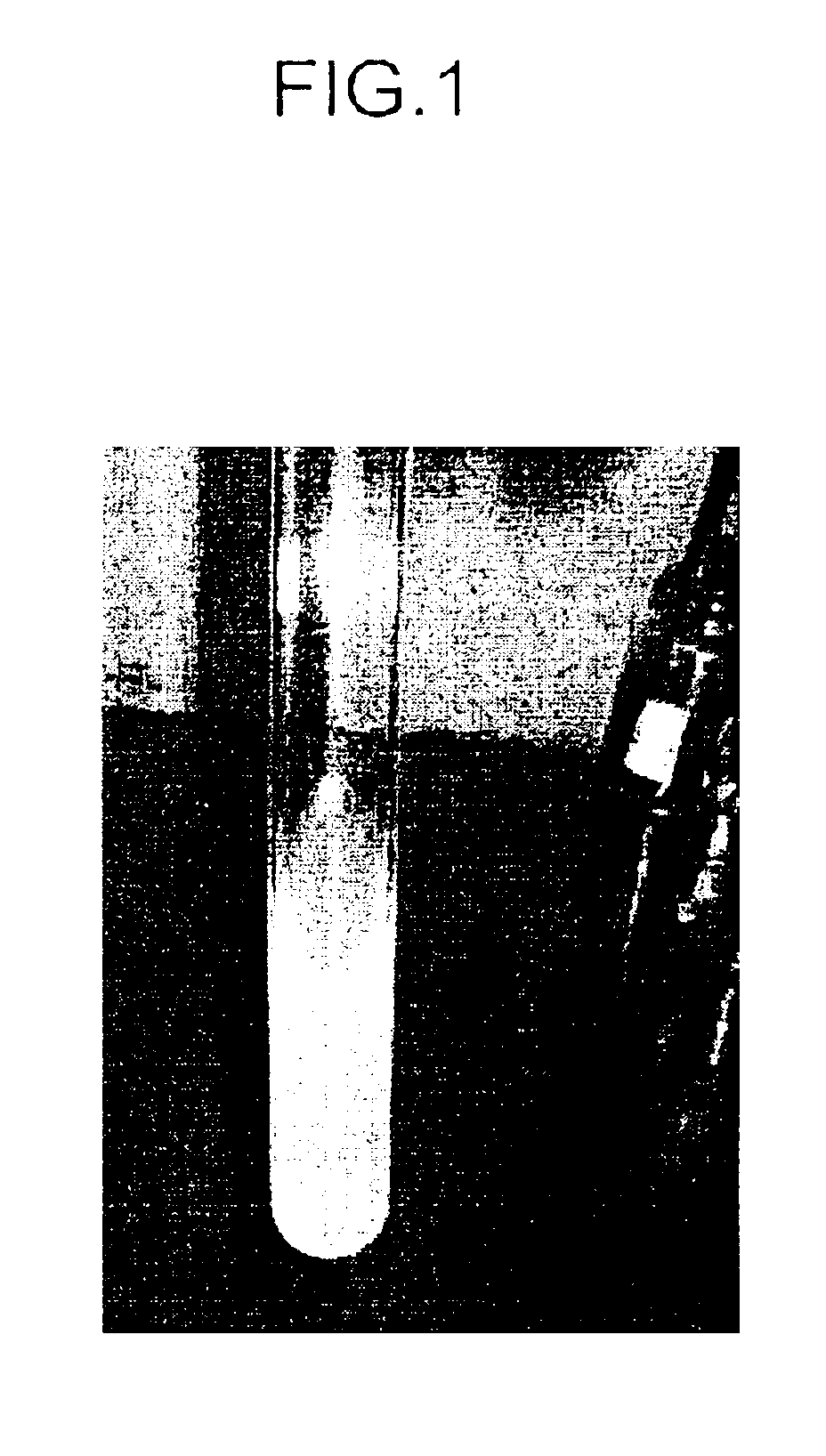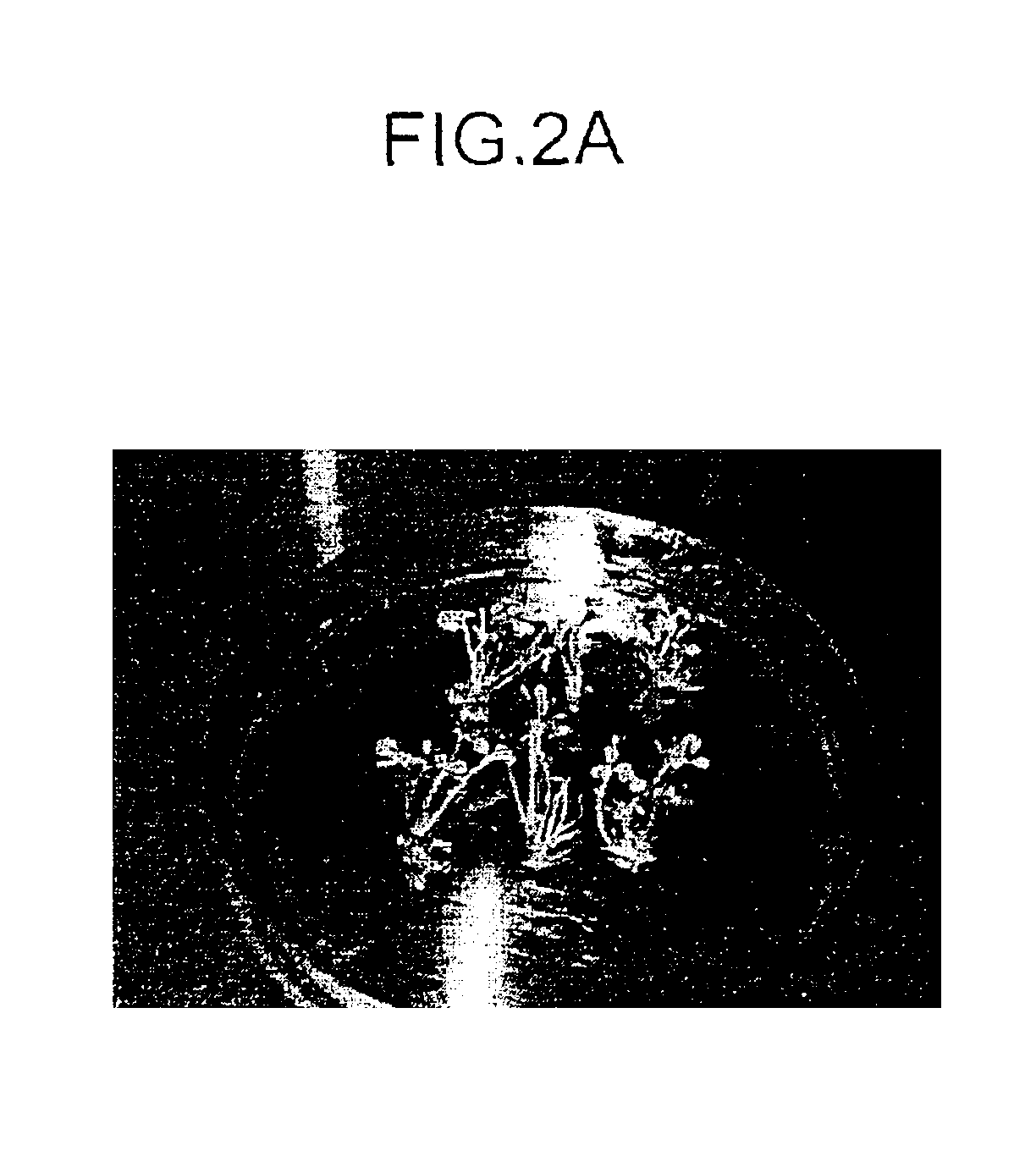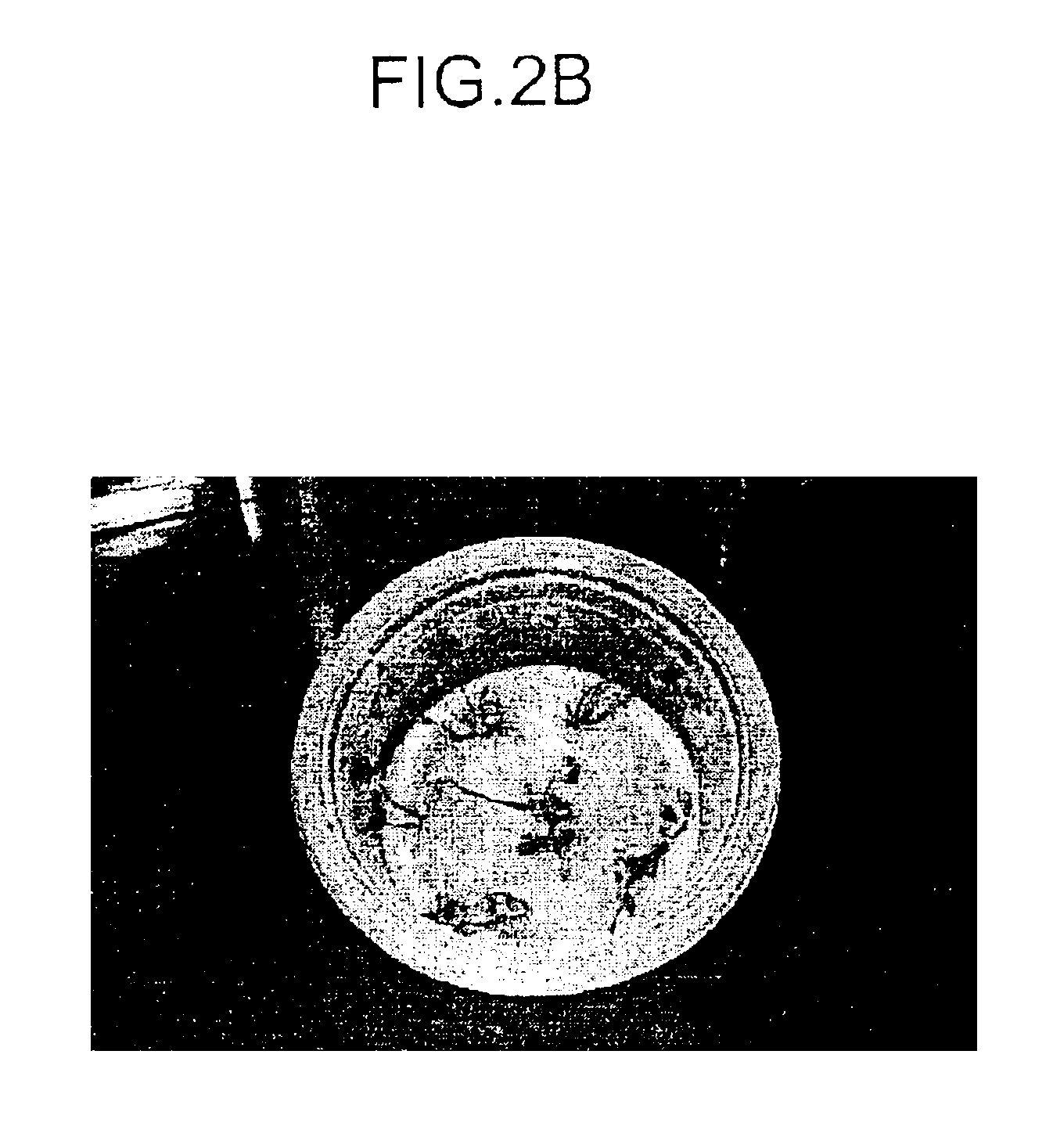Variety of four-leaf clover and a method for breeding the same
a four-leaf clover and clover technology, applied in the field of four-leaf clover varieties, can solve the problems of difficult to find natural four-leaf clover, difficult to produce four-leaf clovers in mass, and not aestheti
- Summary
- Abstract
- Description
- Claims
- Application Information
AI Technical Summary
Benefits of technology
Problems solved by technology
Method used
Image
Examples
Embodiment Construction
[0024]According to an aspect of the present invention, there is provided a method of breeding the new variety of the four-leaf clover. One of ordinary skill in the art would understand that the term “leaf” as used throughout this specification means the collection of leaflets that form a single “leaf” of a clover plant, as shown in FIG. 1.
[0025]The method of breeding the new variety of four-leaf clover of the present invention comprises the steps of: (a) sterilizing a clover, (b) treating the clover with chemical agent in order to induce mutation and cell division of the clover, (c) roots-inducing of the mutated clover, (d) asexual propagation of the variety of clover, (e) comparing the features of the variety with those of wild-type clover, and (f) identifying a uniformity of the features of the variety.
[0026]In the step (a), a stolon segment including three leaves is cut off from a wild-type white clover, and all leaves are removed therefrom. Then, the segment, which contains grow...
PUM
| Property | Measurement | Unit |
|---|---|---|
| length | aaaaa | aaaaa |
| length | aaaaa | aaaaa |
| length | aaaaa | aaaaa |
Abstract
Description
Claims
Application Information
 Login to View More
Login to View More - R&D
- Intellectual Property
- Life Sciences
- Materials
- Tech Scout
- Unparalleled Data Quality
- Higher Quality Content
- 60% Fewer Hallucinations
Browse by: Latest US Patents, China's latest patents, Technical Efficacy Thesaurus, Application Domain, Technology Topic, Popular Technical Reports.
© 2025 PatSnap. All rights reserved.Legal|Privacy policy|Modern Slavery Act Transparency Statement|Sitemap|About US| Contact US: help@patsnap.com



